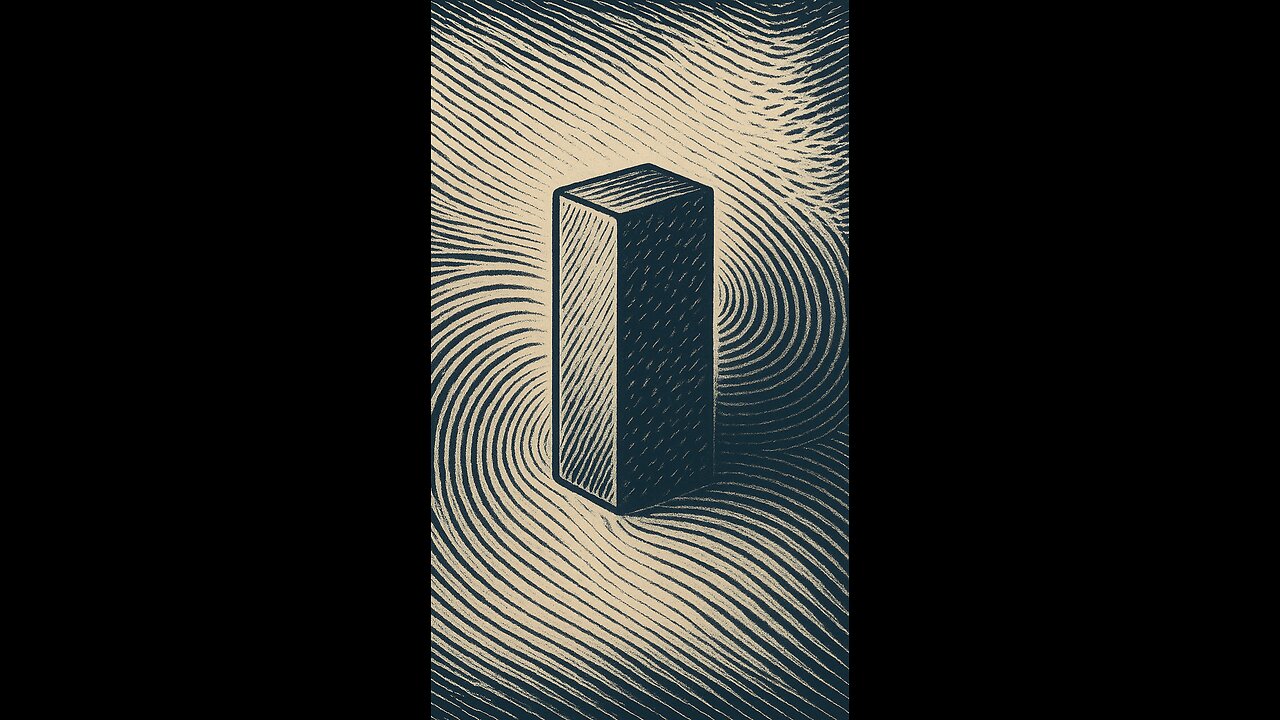Premium Only Content

Point Curie
The Curie Point, or Curie Temperature, is the critical temperature at which a ferromagnetic material loses its permanent magnetic properties and transitions to a paramagnetic state due to thermal agitation overcoming magnetic domain alignment.
Named after physicist Pierre Curie, this temperature varies by element—iron (Fe) has a Curie Point of about 770 °C, nickel (Ni) about 358 °C, and cobalt (Co) around 1,115 °C.
Below the Curie Point, atomic magnetic moments within crystalline domains are aligned by exchange interactions, creating spontaneous magnetization; above it, thermal energy disrupts this order, leaving only weak, field-dependent magnetism.
The transition is reversible—cooling the metal below its Curie Point restores ferromagnetism—and it plays a critical role in applications such as magnetic data storage, electric motor design, and paleomagnetism, where remanent magnetization in minerals records Earth’s ancient magnetic field.
In alloys and ferrites, engineers can precisely tune the Curie temperature through compositional changes, enabling temperature-sensitive magnetic switches and sensors.
-
 1:55:13
1:55:13
The Kevin Trudeau Show Limitless
4 days agoHow To Pray To Get Results!
19.2K11 -
 1:17:46
1:17:46
Squaring The Circle, A Randall Carlson Podcast
1 day agoRandall Carlson Defines The Younger Dryas
13.1K8 -
 40:03
40:03
WanderingWithWine
7 days ago $4.55 earnedBuy a Home for Less Than a Car? 5 Italian Homes for Sale in Puglia
16.1K3 -
 10:09
10:09
Advanced Level Diagnostics
2 days ago $0.68 earnedWhy I Never Use Cheap Fuses!
10.2K -
 10:23
10:23
Forrest Galante
6 hours agoAsking an Indian Billionaire Why He Is Saving 1 Million Animals
65.3K15 -
 8:43
8:43
MattMorseTV
21 hours ago $59.09 earnedTrump CALLED Schumer’s BLUFF.
40.2K128 -
 4:07:30
4:07:30
Joe Donuts Live
7 hours ago🟢 Fast XP Farming in Fortnite? | DropZone Sunday
19K4 -
 LIVE
LIVE
Lofi Girl
3 years agolofi hip hop radio 📚 - beats to relax/study to
177 watching -
 8:04:39
8:04:39
B2ZGaming
10 hours agoPumped To Play!!! | B2Z Gaming
18.3K -
 3:01:28
3:01:28
PandaSub2000
23 hours agoDEATH BET w/MrMatthews + GAME BOY! (Edited Replay)
33.7K2